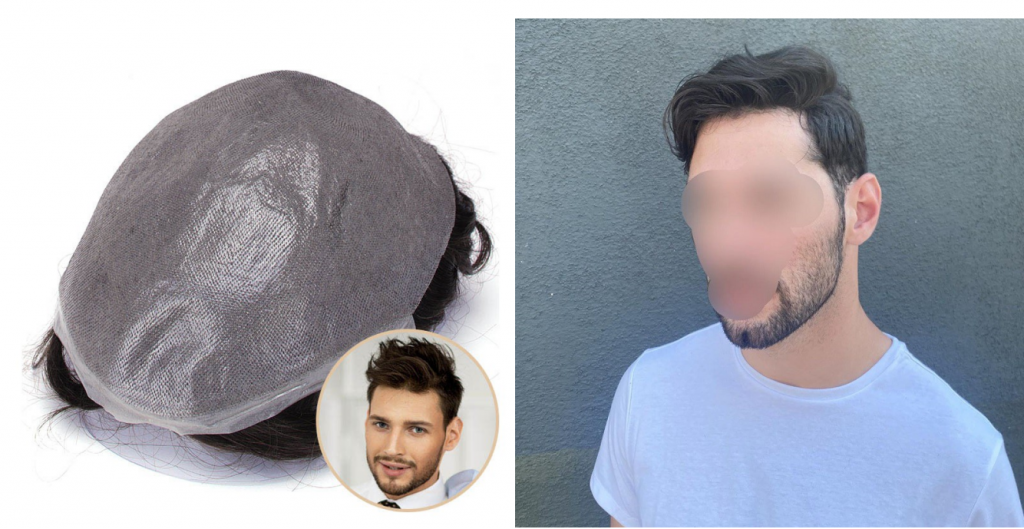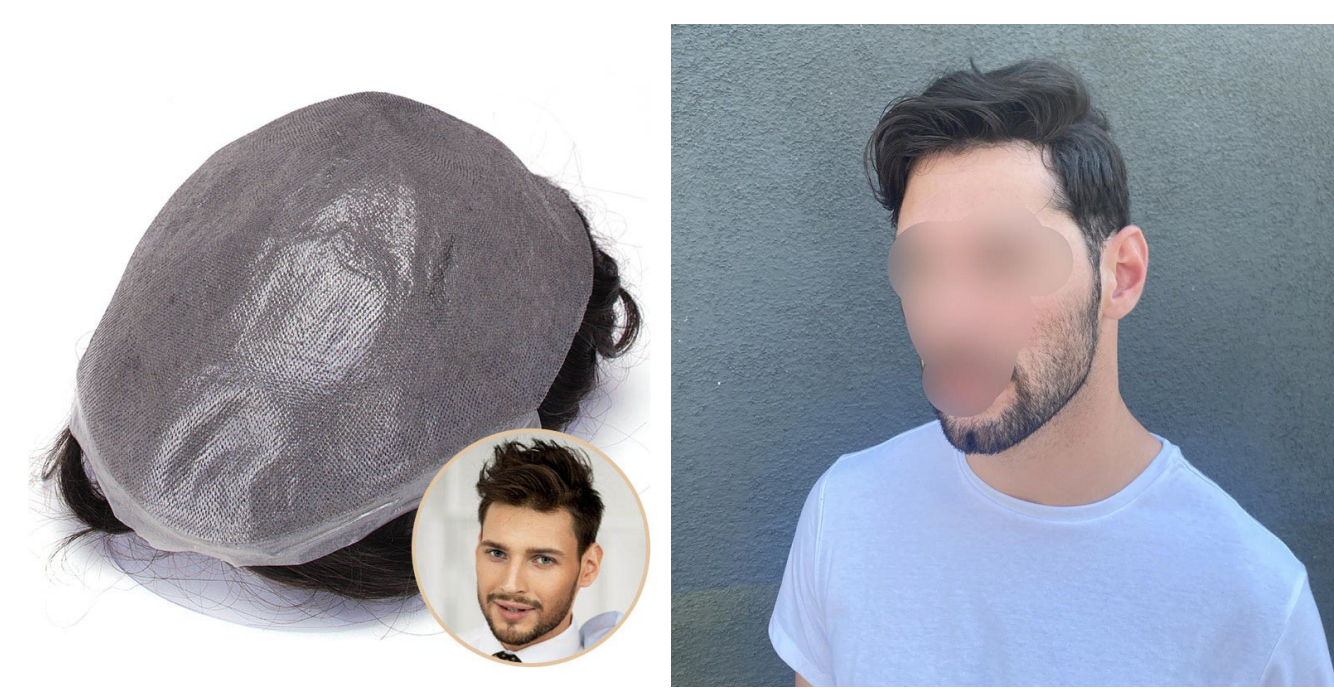Hair implant vs. Transplant
There’s nothing more frightening than seeing bald spots or losing your hair, and for many people, this may be a frightening experience. The good news is that with to advances in cosmetic surgery, this is no longer something you must put up with. Hair implants and hair transplants may be used to replace bald spots and strengthen weak hair. To which one should you devote your attention? When it comes to terminology, hair implants and hair transplants seem to be the same thing. In spite of this, both baldness and hair loss are treated by these methods. Synthetic hair may be inserted into the scalp as part of a hair transplant procedure. The removal of hair follicles from one scalp area and transfer to another is required for a hair transplant. There are advantages and disadvantages to using an implant over a hair transplant.
Difference between hair replacement and hair transplantation.
Look:
Synthetic hair is used in the manufacture of hair implants; thus, they will never have the appearance of natural hair. There are others who liken hair implants to wigs surgically implanted to the scalp. A hair transplant, on the other hand, utilizes your own hair, which fits in perfectly with your existing hair. The effects of hair implants are permanent, so no one will be able to tell that you’ve had a hair transplant.
Grooming:
Implanted synthetic strands can be trimmed, but they don’t grow in the same manner as genuine hair does. If you’ve had this procedure to treat hair thinning or volume loss, you’ll have to keep the same hairdo for some time. Your hair transplants will grow and fall in the same way as your natural hair, just like your own. It’s possible to replace a hair follicle that has been transplanted with a synthetic one. It is, however, necessary to replace every synthetic follicle that falls out. As a result, it’s more likely that you’ll need further operations after getting hair implants than it is after getting hair transplants.
Rejection:
A hair follicle transplant is more likely to be rejected by your body than a synthetic fiber is to be rejected by your body. Hair implants have a larger risk of infection than hair transplants, hence this conclusion follows.
Results:
A hair implant has instant results; however, a hair transplant may take up to eight months before obvious results may be achieved. This time, the transplanted region is likely to lose hair follicles that were taken from the area where the Transplant was conducted. When it comes to hair loss, a hair transplant is often preferred over a hair implant. Consider the benefits and drawbacks of both options before making a final decision on which one is best for your situation.
Modern Hair Transplantation
Using hair plugs is a kind of hair transplantation. However, when we talk about a hair transplant these days, we’re talking about a far more advanced procedure. Because these follicular units are so well distributed, the newly transplanted hair seems to have a more natural look and blends in better with the rest of the hair. In addition, the donor site heals more quickly. An advanced hair transplant patient’s donor site is almost unnoticeable after a week, as contrast to the polka-dot appearance of a scalp where hair plugs have been removed from the rest of the head. Until the red pinpricks left behind by the transplanting device vanish, the patient cannot go about their daily routine. The treatment will be carried out by a professional surgeon or technician, and the outcome will be a hair transplant that seems to be completely natural.

There are various subcategories of hair transplants.
Hair plugs, as we’ve discussed, are a kind of hair transplant, but they’re becoming more out-of-date. However, even modern hair transplant techniques have their own set of benefits and drawbacks. Two of the most common treatments for hair restoration are Follicular Unit Extraction and Follicular Unit Transplantation. You’ve probably heard of the terms FUE and FUT before. Individual hair follicles are removed from the densest parts of the scalp during a FUE transplant. In this procedure, there is no damage to the surrounding tissue, no surgery, no stitches or stapling, and no scars.
A FUT transplant is comparable to a spleen transplant in that it is performed in the same way. Hair follicles are collected and implanted into the recipient’s skin following harvesting. FUE, on the other hand, has a distinct extraction method. To provide a more natural-looking outcome, the donor hair is taken from the back of the patient’s head rather of being harvested one by one, as is done with FUE. It is then cut into minuscule pieces with individual follicles on them, which are then used for transplantation in the same way as before.
Even though a trained surgeon can do FUT in a shorter period of time, the linear scar left on the back of your head where the strip of scalp was removed is a big negative compared to FUE. Most of our patients prefer transplanted hair that does not leave a linear scar on their scalp, which is why we exclusively do FUE hair transplants at The Lavividhair.
Final Thought
Because no surgery is required for non-surgical hair replacement, the patient is free to wear their hair as they choose. According to their age, hair density, natural hair front line, and facial look they may also select the best color for their needs. Non-surgical hair restoration is available in a wide range of hair clinics. There will be a requirement for the patient to meet with a doctor who can oversee their treatment plan. A realistic chance of restoring one’s hair safely and securely is provided by an advanced technological hair replacement method. This treatment helps patients rebuild their self-esteem and social skills by teaching them new ways to interact with others.
